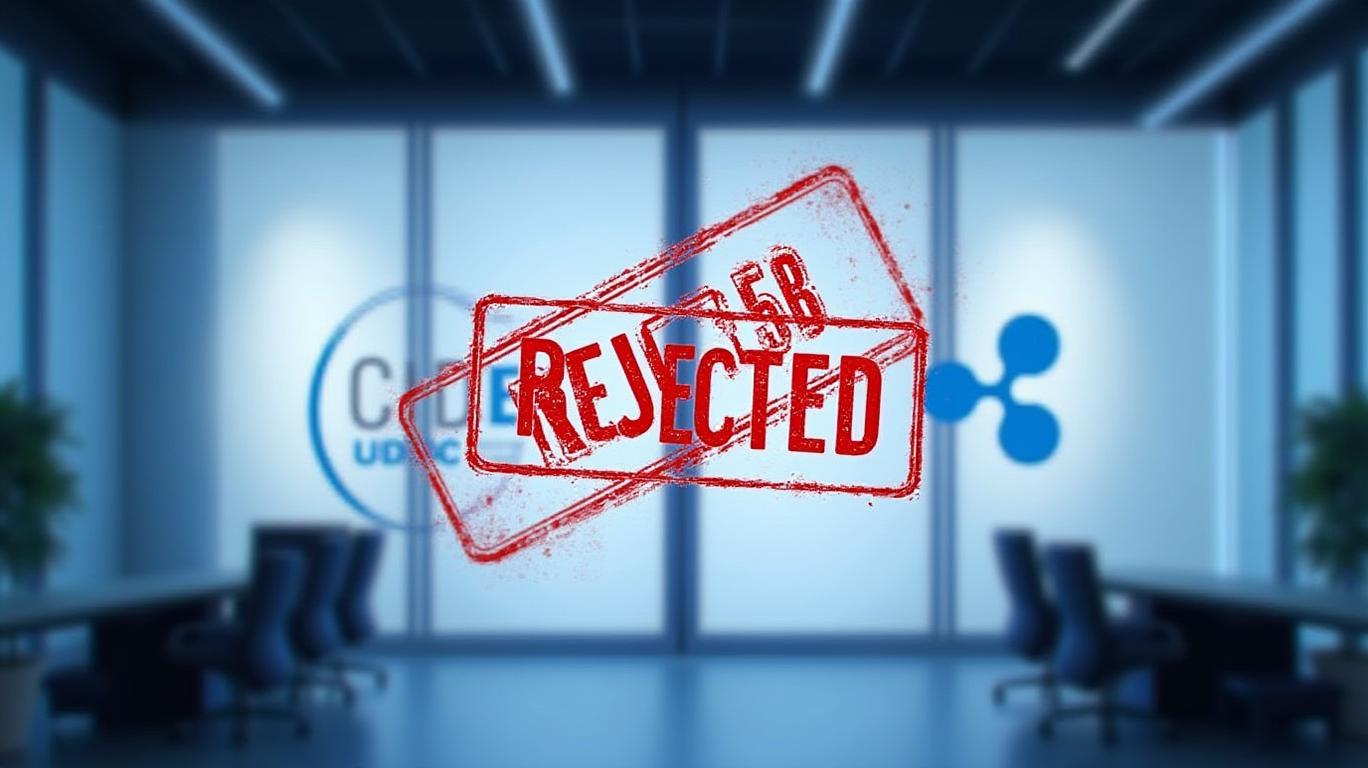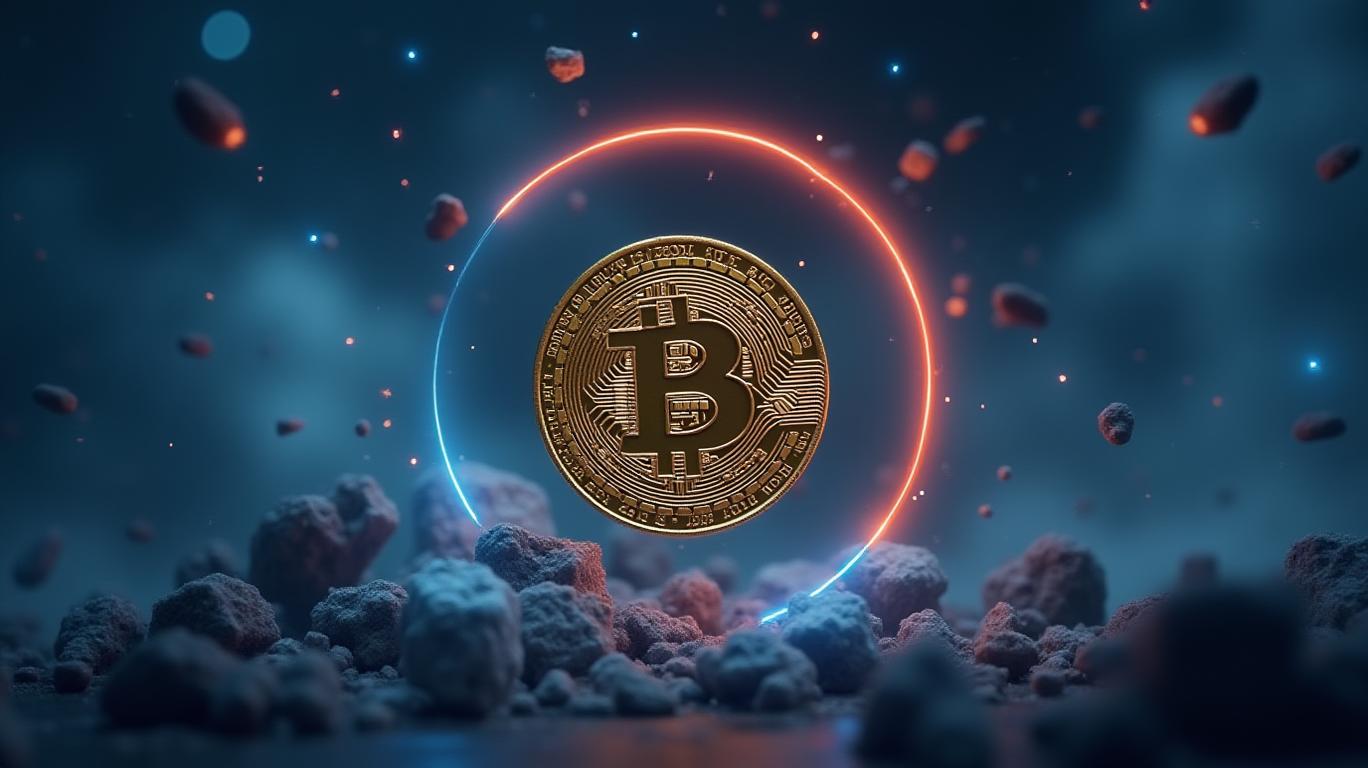Ripple's $5 Billion Bid for Circle: A Failed Play for Stablecoin Supremacy
The crypto sector is no stranger to high-stakes deals, but few have captured the industry’s attention like Ripple’s reported $5 billion bid to acquire Circle, issuer of the second-largest stablecoin, USDC. The offer, rejected as “too low” by Circle in April 2024, underscores a critical clash between two rivals vying for dominance in a market increasingly central to the future of finance. For investors, the failed deal raises fundamental questions about valuation, regulation, and the path to profitability in a sector still defining its rules.

The Bidding War and Its Implications
Ripple’s bid, revealed in late April 2024 by Bloomberg, was notable not just for its size but for its timing. Circle had just filed for an initial public offering (IPO) in the U.S., seeking to capitalize on its position as the second-largest stablecoin issuer behind Tether. The IPO filing, which valued Circle at roughly $9 billion based on prior private market activity, far exceeded the $4 billion–$5 billion offer from Ripple. Circle’s leadership dismissed the bid as undervalued, prioritizing its public listing under ticker “CRCL” while remaining in a regulatory “quiet period” ahead of its offering.
Ripple, meanwhile, has been on a buying spree. Earlier in 2024, it spent $1.25 billion to acquire Hidden Road, a blockchain brokerage firm, to expand its institutional services. The Circle bid aligns with its strategy to dominate stablecoin infrastructure, a critical component of global payment systems. Yet the gap between the two companies’ valuations—USDC’s $62 billion market cap versus RLUSD’s $250 million—highlighted the mismatch.
Why the Bid Failed—and Why It Matters
The rejection reflects deeper tensions in the stablecoin sector:
1. Valuation Disparity: Circle’s USDC holds 200 times the market cap of RLUSD, a testament to its entrenched position. Investors value liquidity and trust, which USDC has built through partnerships with banks and institutions. Ripple’s RLUSD, launched in late 2024, lacks that scale.
2. Regulatory Uncertainty: Stablecoins remain under scrutiny by global regulators, particularly after the 2023 TerraUSD collapse. Circle, which recently resolved a legal battle with the SEC over USDC’s compliance, may prefer public markets to navigate this environment.
3. Strategic Priorities: Circle’s IPO pivot signals a preference for organic growth over acquisition-driven consolidation. For Ripple, the bid was a high-risk gamble to leapfrog its rival—a risk Circle’s board deemed unwarranted.
The Broader Crypto Consolidation Trend
The rejected bid is part of a broader wave of M&A activity in crypto. With institutional adoption rising and token prices stabilizing, firms are seeking scale. For example:
- BitGo, a crypto custodian, is preparing its own IPO, valued at over $6 billion.
- Gemini, the exchange, aims to list in 2024.
- Ripple’s Hidden Road acquisition has positioned it as a prime broker for institutions—a service Circle lacks.
Yet not all deals succeed. Circle’s 2018 $400 million acquisition of Poloniex, a crypto exchange, backfired spectacularly, leading to a $156 billion write-down and Poloniex’s spinoff. This history likely made Circle’s leadership wary of overpaying for strategic assets.
What Investors Should Watch
- Circle’s IPO: Success here could validate stablecoin valuations and attract institutional investors. A failed offering, however, might expose Circle to further acquisition pressure.
- Ripple’s Next Move: Will it double down on RLUSD or pivot to other sectors? Its $1.25 billion Hidden Road deal suggests a focus on institutional services—a path Circle has yet to fully explore.
- Regulatory Clarity: The SEC’s stance on stablecoin oversight and crypto ETF approvals will shape the sector’s growth trajectory.
Conclusion: A Market Still Defining Itself
The $5 billion bid underscores a crypto sector in flux. Stablecoins, which now hold over $150 billion in combined market cap (per CoinGecko), are becoming the backbone of decentralized finance. Yet their value hinges on trust, liquidity, and regulatory approval—assets Circle holds in abundance.
For investors, the lesson is clear: While consolidation is inevitable, scale and compliance matter most. Circle’s USDC, with its $62 billion market cap and bank-backed reserves, is a safer bet for now. Ripple, despite its ambition, must prove RLUSD can attract similar trust—or risk becoming a footnote in the race for crypto’s next chapter.
The verdict? The stablecoin wars are far from over, but the battlefield is now public.

_b905d9341749265671656.jpg)








